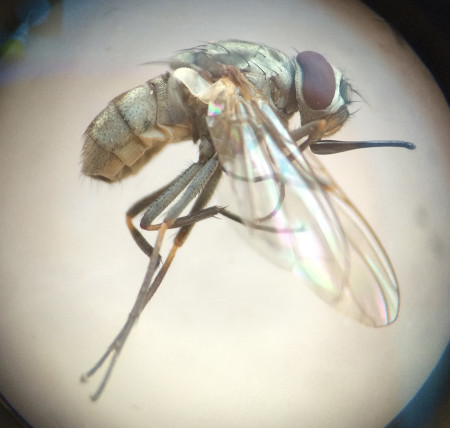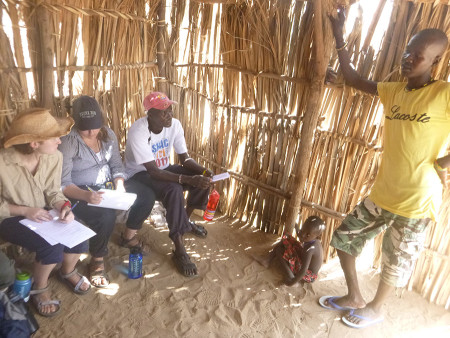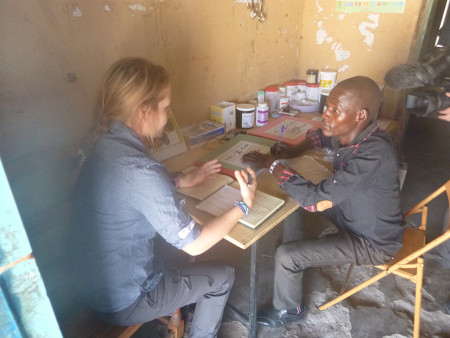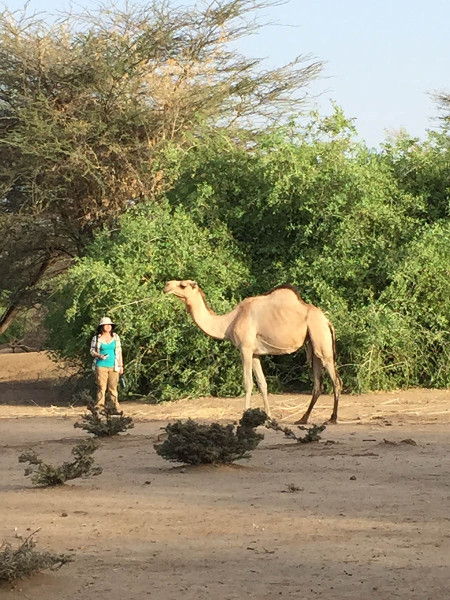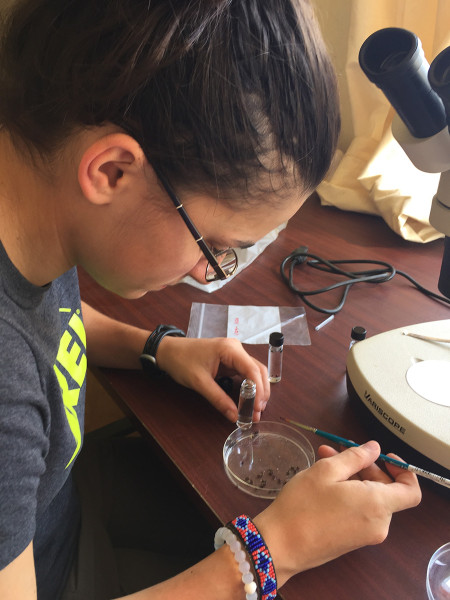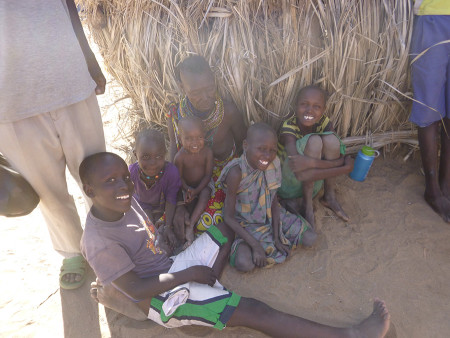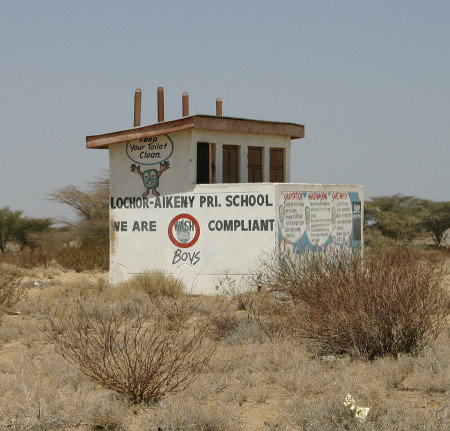This past Saturday, TBI Field School students ended their Ecology module and finished their major project on disease vectors. Their professor, Dr. Dino Martins, had noticed that a blinding disease called trachoma was endemic in the Turkana area and almost no data existed for this remote region. Therefore, students researched background information on trachoma and conducted field investigations to examine the prevention, treatment and prevalence of the disease in the Turkana community near the TBI camp. In addition, students also examined the behavior of possible vectors of the disease such as a moisture-seeking fly called Musca sorbens.
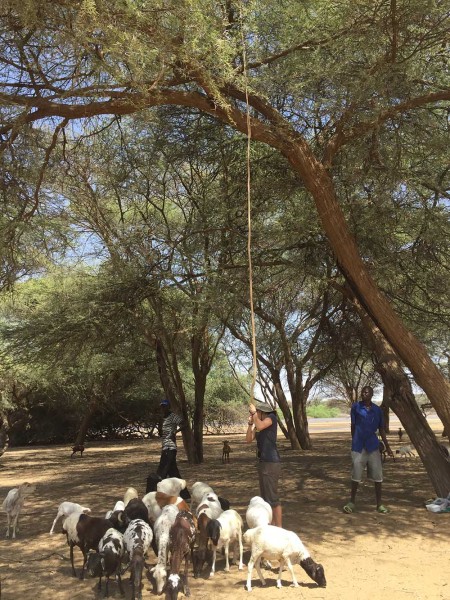
Jade is trying to shake some bean pods from an Acacia tree in order to attract more goats and catch the flies landing on them. Perhaps there is a relationship between flies on livestock and goat herders? Already it has been noted that the ticks seen around the eyes of goats and sheep cause inflammation and attracts flies.
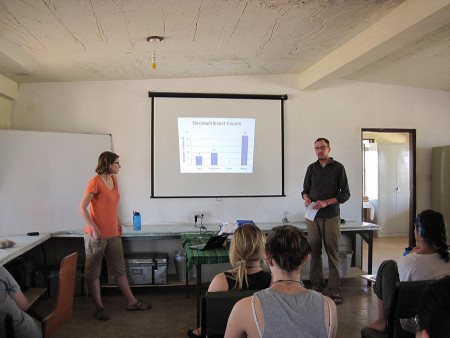
Kate and Mike set up insect traps in various areas around the TBI camp. Here they present their spatial and temporal study on insects.
More data is needed to examine vectors of the disease and fully understand how the local community is affected. For some students wanting to learn more, this has turned into a semester long independent study. In the end, we hope that there will be a greater awareness on the causes of trachoma and prevention methods. Stay tuned.

